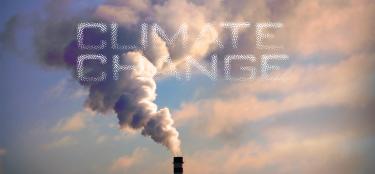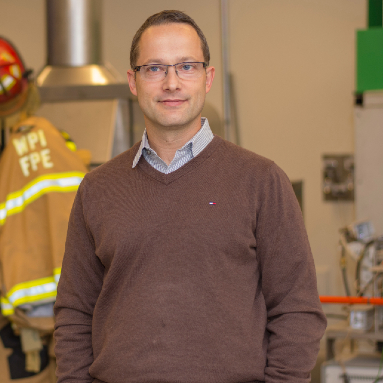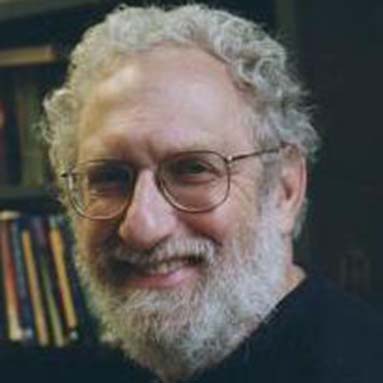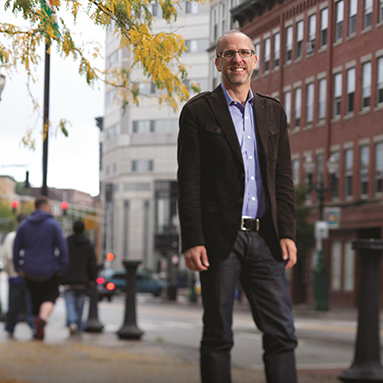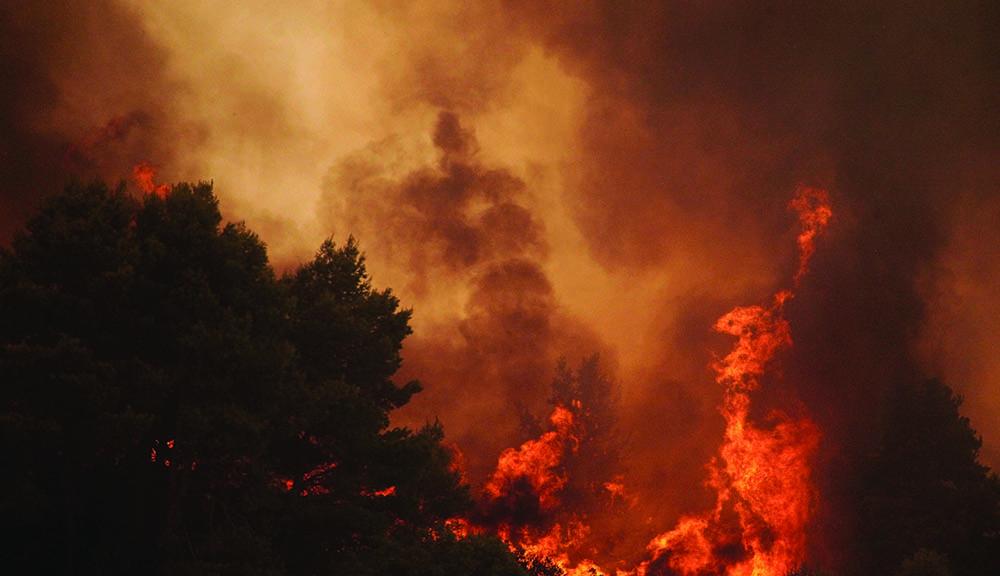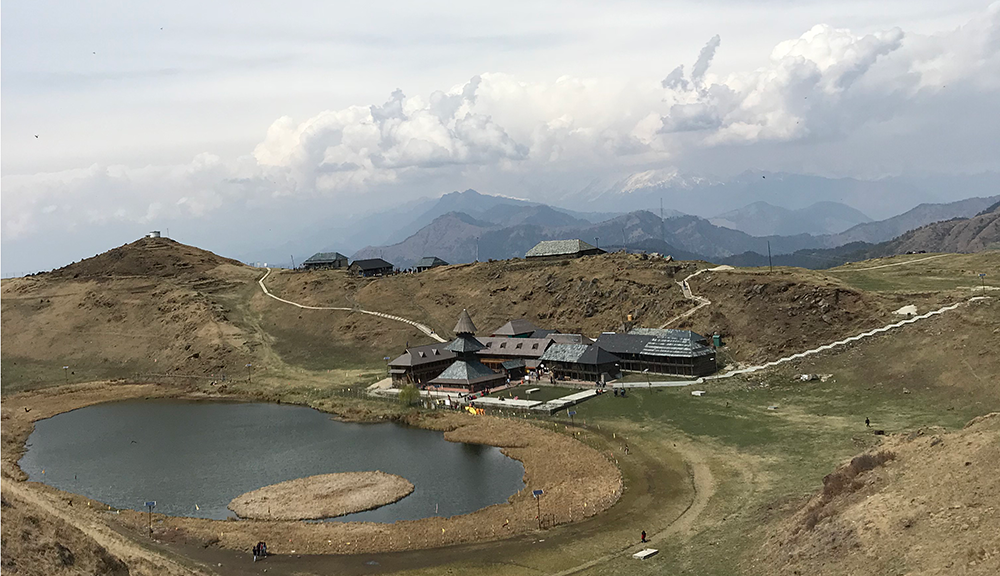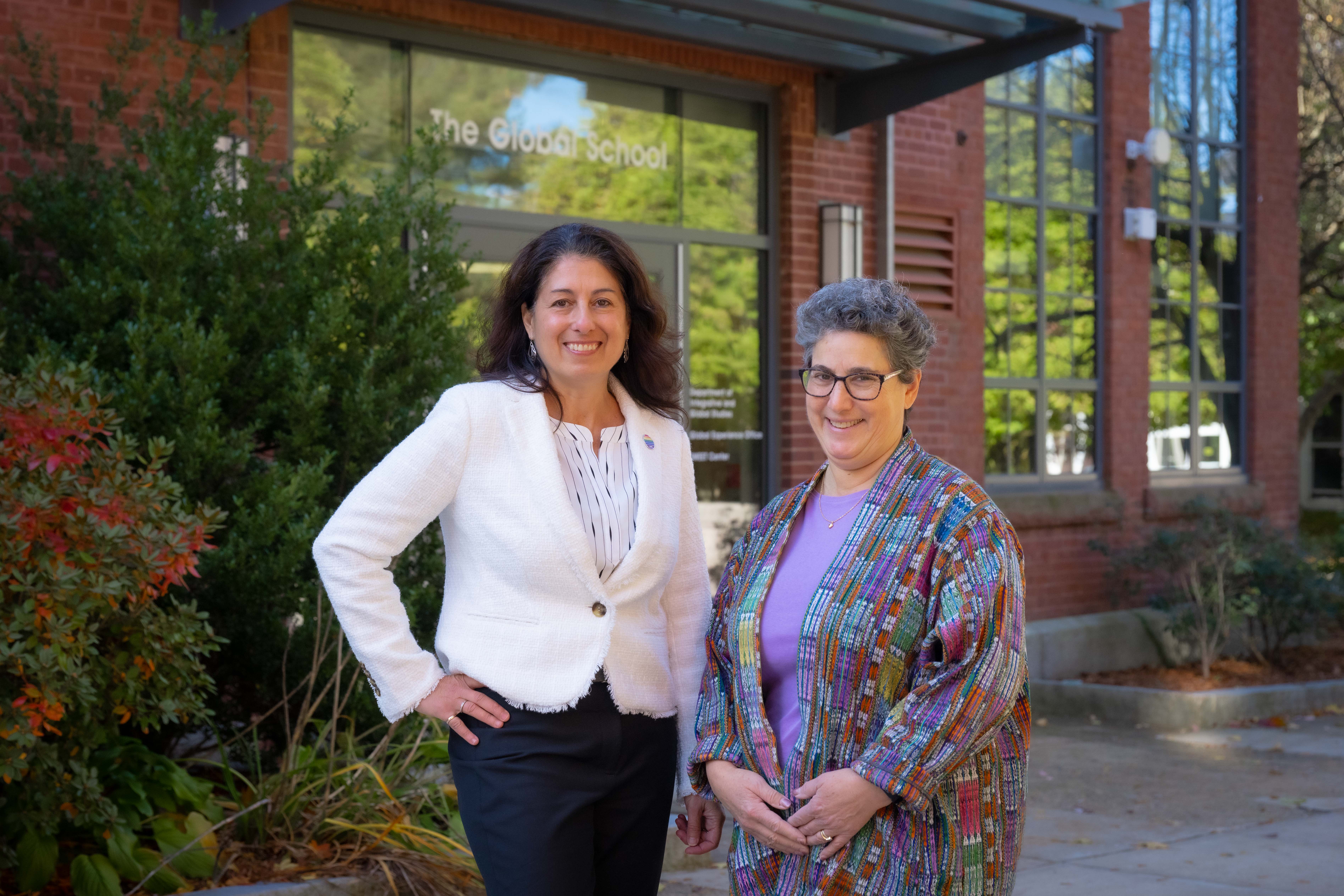Addressing the U.N. Climate Change Summit in 2014, President Barack Obama said,
“For all the immediate challenges that we gather to address this week—terrorism, instability, inequality, disease—there’s one issue that will define the contours of this century more dramatically than any other, and that is the urgent and growing threat of a changing climate.”
Indeed, the relentless rise in global atmospheric temperature, driven by the greenhouse gases released by fossil fuel combustion and other human activities, is the root cause of a host of challenges facing the planet and bedeviling humanity. Itself a highly complex physical phenomenon, involving a host of intertwining physical, chemical, and biological systems, climate change and its multitude of impacts demand a multifaceted response from us.
Researchers and scholars at WPI view the changing climate through many lenses. They see its telltale fingerprints everywhere: in the ever more-powerful storms that batter our coasts, for example, and in the ever more-ravenous fires that consume our forests. They also see how these phenomena create a pressing need for greater resiliency—in our infrastructure, our habitats, and our communities.
They observe how a warming world exacerbates society’s inequalities; how its effects (rising waters, deluges, and droughts) fall disproportionately on those who are the least responsible for its causes. And they understand how important it is that those with greater means help those with less, so things don’t go from bad to worse.
They see how the slow drip of climate change can make us complacent, and lock us into the very habits that are precipitating our planet’s collapse. They recognize how urgent it is that resignation be displaced by more productive emotions, like anger and even fear. And optimism, for they also see that bold technological solutions to a warming climate are possible, if there is a will and the ingenuity to bring them to fruition.
In this story, you will hear five of those researchers and scholars and learn what they see when they study the changing world with the benefit of their distinctive expertise and unique viewpoints. Their voices echo WPI’s long heritage of not simply acknowledging problems, but crafting practical solutions. For in the end, these voices may be chilled by today’s harsh reality, but they are also warmed by the prospect of a better world we can build together.
